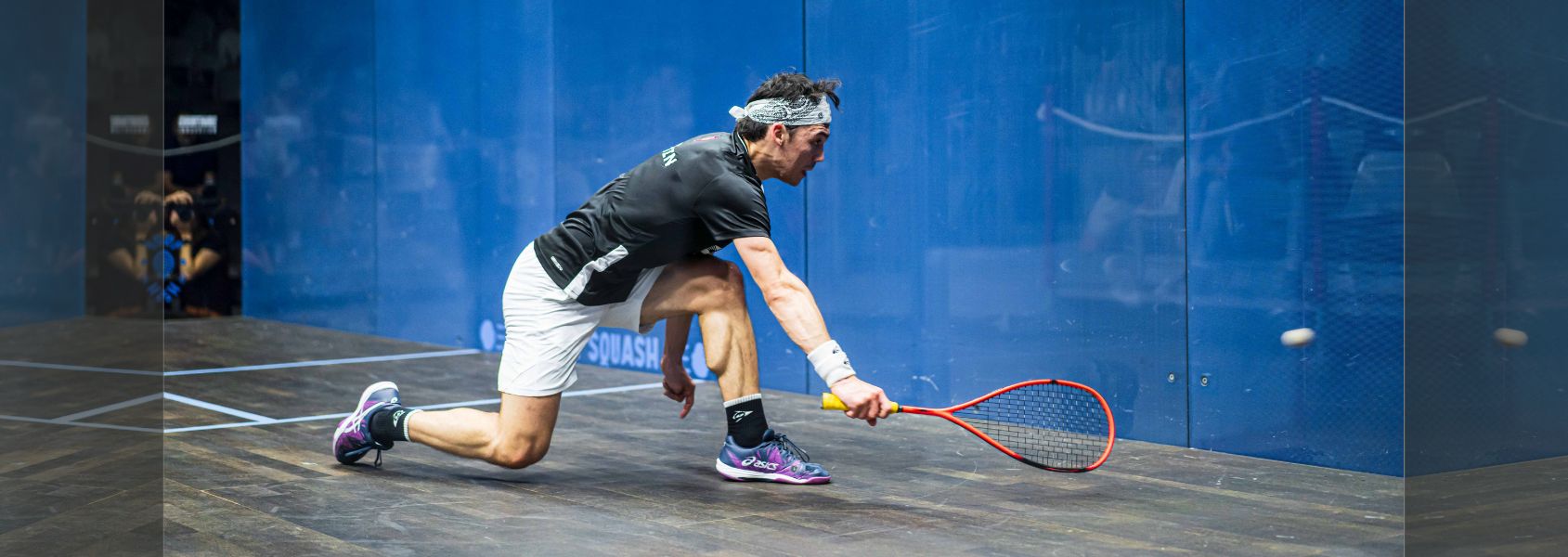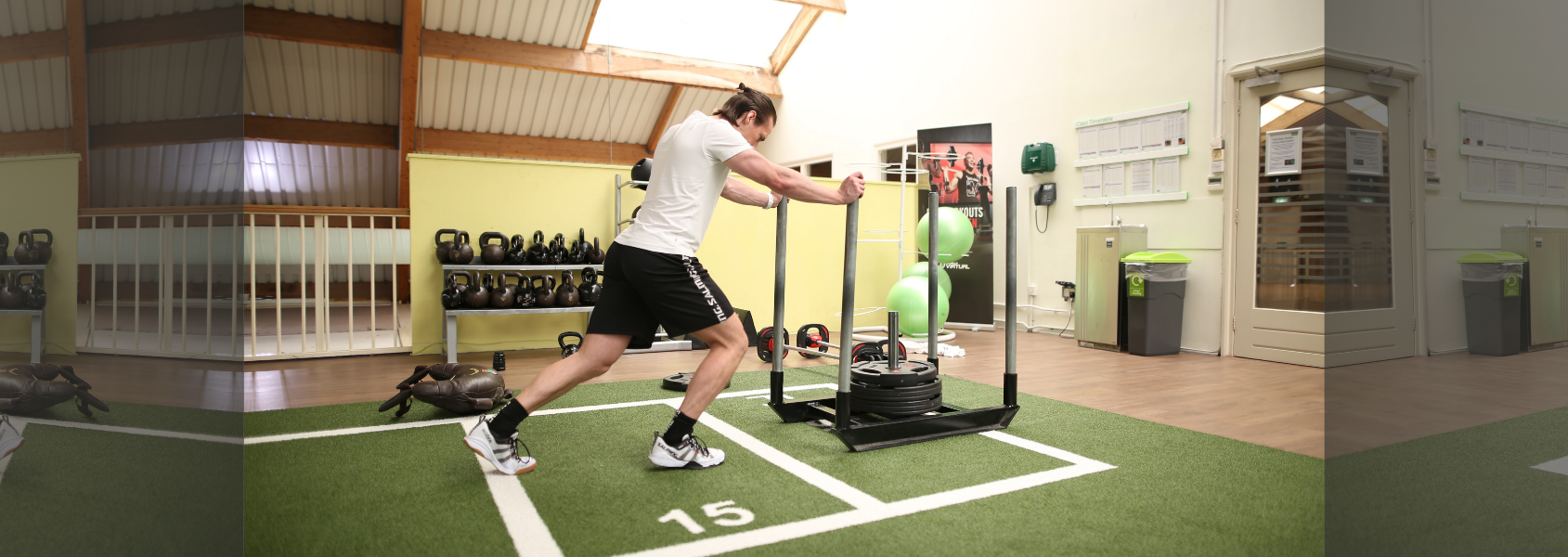Benefits of resistance training for squash – Part 2
Athletic training methods have become ever more scientific over the past 20 years, and coaches are placing an ever-increasing focus on any small factor that may be able to improve their athletes’ performance by even the slightest percentage in competition – even well-established training methods have been re-examined in greater and greater detail to draw every possible degree of benefit from them.
What the science says: Multiple-sprint ability for peak performance
In this blog, we’re revisiting our ‘What the Science Says’ feature, a series where I take a look at a squash-related scientific paper and breakdown what the authors found from their research, and what info (if any) amateur players can take from it and utilise back within their own games.
How to make sure you have a PERFECT squash season!
Autumn is in sight, and the squash season here in the northern hemisphere is almost ready to get back underway, with tournaments and league competition of all levels starting to kick back into full swing.
Motivation and ambition are high at this time of year, so after our recent article on piecing together your preparatory pre-season checklist, this week we’ll be looking ahead and introducing our SquashSkills guide for how you can have the PERFECT season:
P.repare, E.valuate, R.ecover, F.ocus, E.njoy, C.hallenge, T.rain!
The SquashSkills weight-loss plan!
A bit of a change of theme in today’s new blog, where we’re taking a look at the topic of weight-loss – a popular request we get here on SquashSkills from those players out there who are looking to shift a little of the excess bodyfat that they’ve accumulated somewhere along the way!
3 top training tips to improve your movement for squash
We’ve had some great content on the site recently, looking at movement and how it’s such a key part of the game for so many of the most successful players. To help get you flowing around the court like the world’s best, here are our SquashSkills 3 top physical training tips for improving your on-court movement.
Plyometrics for the squash player
A typical squash rally contains multiple sprints, lunges, turns, and changes of direction. These movements need to be strong and dynamic to allow you to cover ground quickly, get onto the ball early, and to help avoid being controlled and manoeuvred out of position by your opponent.
When training hots up: Squash performance in the heat
With Summer in full swing and temperatures rising in many parts of the world, the issue of how to successfully play and train in the heat without fatigue compromising health and performance becomes an important one. This is of particular importance to squash players, where extreme heat on court is already a very familiar concern.
5 reasons you should warm up before you play squash
Anybody who takes part in regular exercise or who participates in a physically demanding sport such as squash, will have doubtless heard countless times that they should warm up before they train or play.
Despite the general acceptance of this perceived knowledge, a lot of people still aren’t really sure exactly WHY the warm-up is so important, beyond perhaps the occasional vague allusion to ‘helping me to not get injured’.
There’s a whole lot more to the warm-up than this however – to help you fill in the blanks, check out our ‘Top 5 Reasons You Should Warm Up Before Squash’:
Utilising shot & ghost drills for squash-specific conditioning
We’ve spoken frequently here on the site before, about the importance of specificity in your squash training. Trying to simulate the demands of a tough rally and replicate overall the unique energy requirements of the game in your conditioning sessions, should be one of your key focuses. A great way to do this is to incorporate some shot & ghost patterns into your training.
How does alcohol affect squash performance?
A pint or two in the bar is an integral part of the post-match experience for many amateur squash enthusiasts, and the occasional tipple shouldn’t be of great concern to the average healthy individual. But what effect can excess alcohol consumption have on your sports performance and fitness levels?
Playing like you practice
A problem frequently bemoaned by sportspeople of all levels, is an inability to replicate their training performance in a more competitive environment.
Many squash players report being able to hit great lengths, cut in wonderful drops, and cover the court effortlessly in training for example, but when it comes to their big league matches or tournaments they’re left frustrated – their technique and poise seeming to desert them just when they need it the most.
Training for gain, not just pain!
Depending on the actual goals of the session, the make-up of a training drill intended to improve an aspect of our physical conditioning can take many different forms. Just as the mechanics of what we actually do will vary depending on the particular aspect of fitness we’re aiming to develop, so too will the actual effort and intensity of the session. Our goal with every session has to be clearly realised however, and our aim should always be GAIN and not just PAIN.
Pre-Performance Routines
One of the most frequently reported problems by many squash players, is their inability to achieve and maintain a consistent level of performance. That familiar and frustrating feeling of playing your best squash one day, and then walking on court for your next performance and feeling like you’ve never hit a ball before, is one that has affected most regular players at one time or another.
There are always certain things that you can’t exert any influence over in relation to your performance, but what you can do is ensure that you ‘control the controllable’ – one of the best ways of doing this, is to develop a ‘Pre-Performance Routine’.












